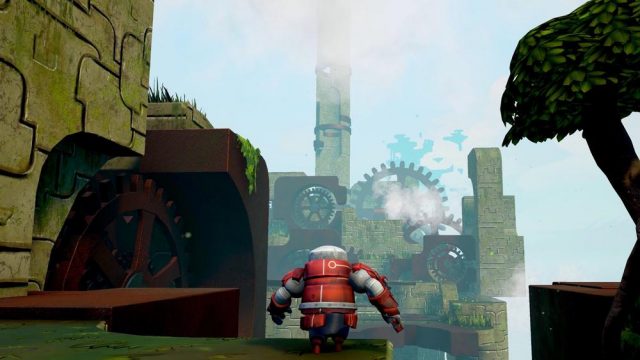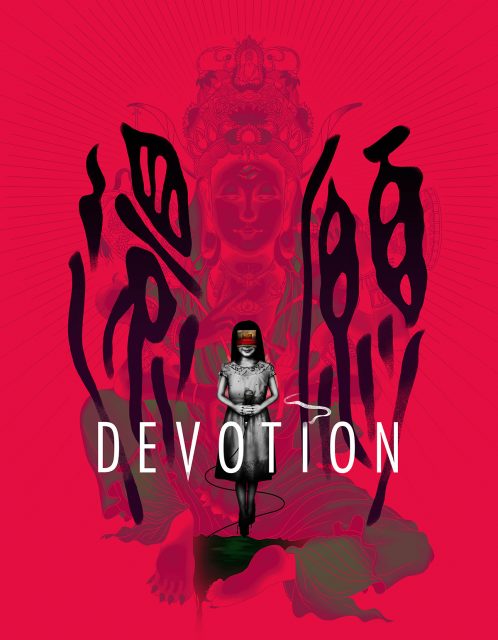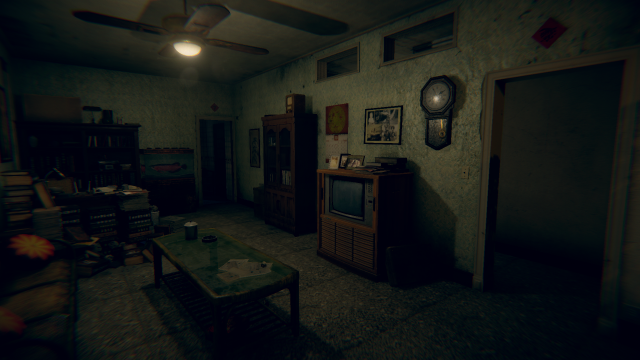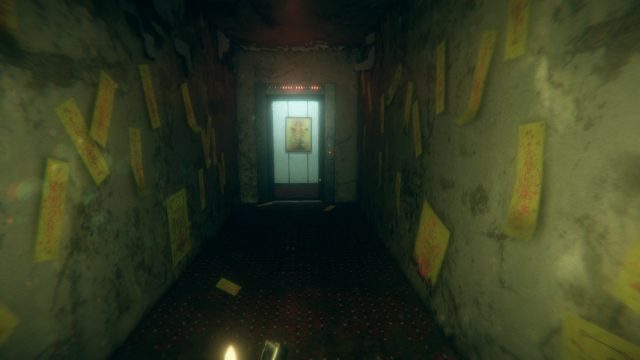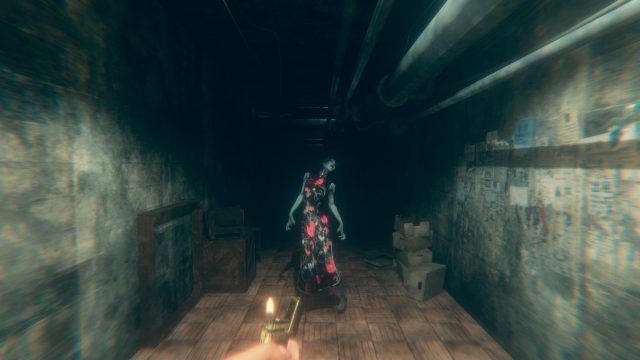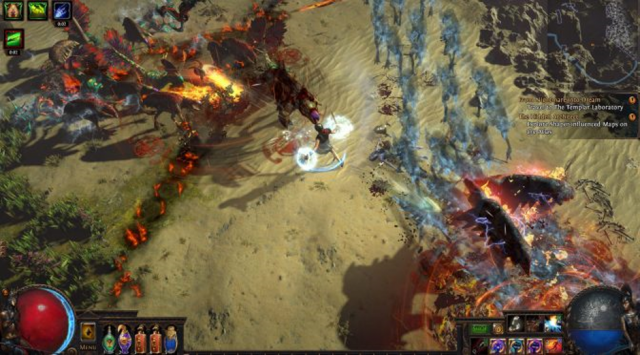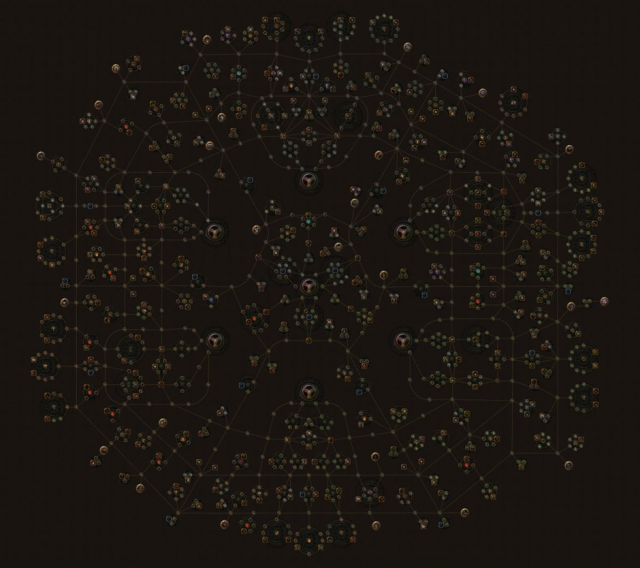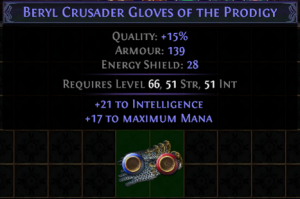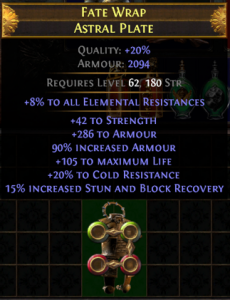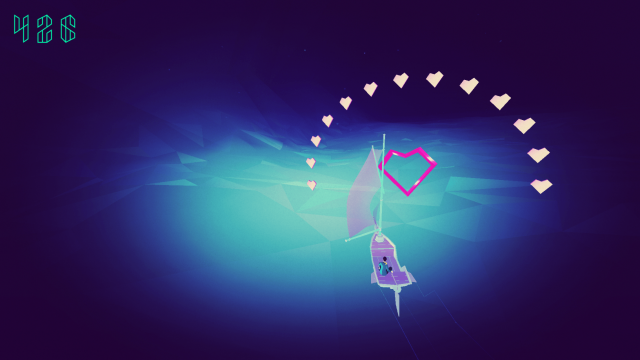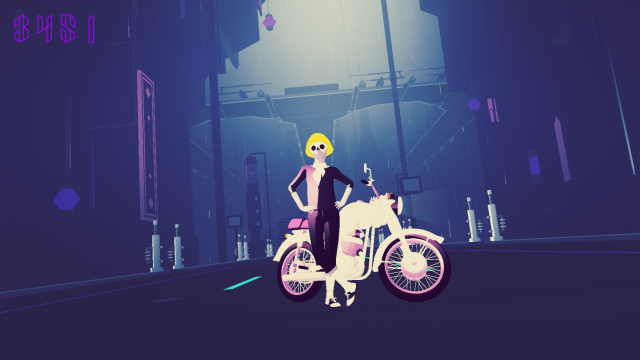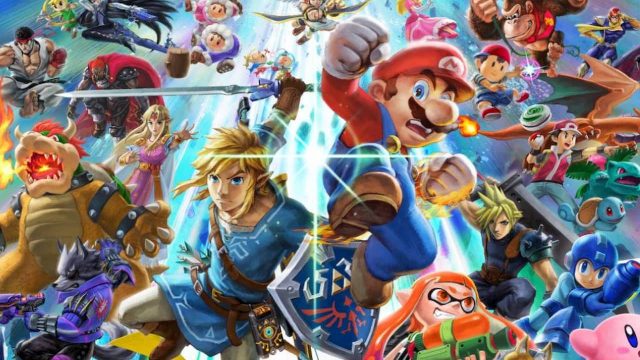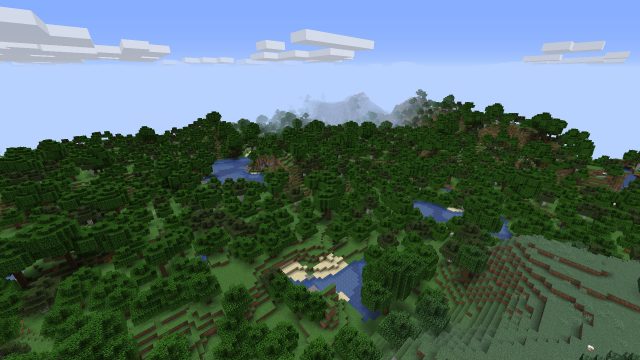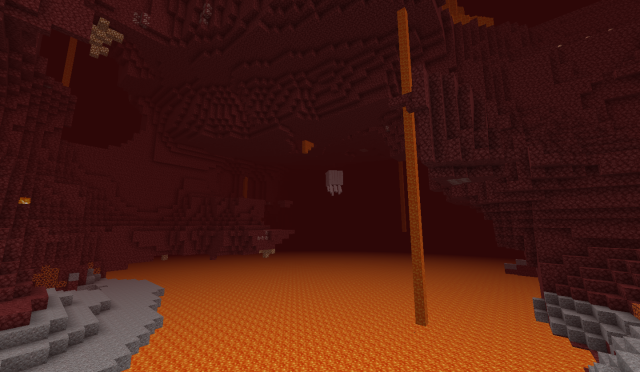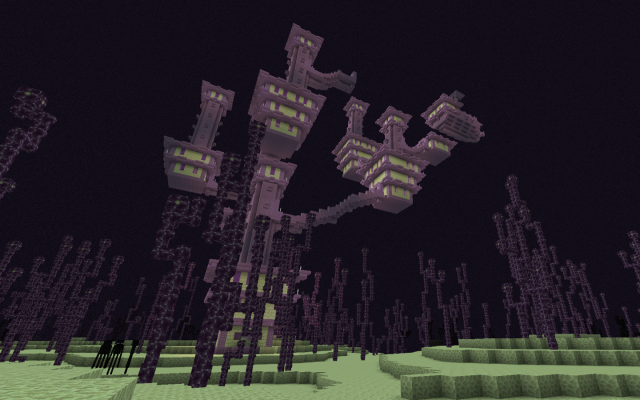Game Summary
SYNTHETIK: Legion Rising is a rogue-like shooter game where the player controls a droid in a future dominated by robots. Goal is to defeat enemies and obtain upgrades along the way to the final boss and win the battle.
Official Game Site: https://www.synthetikgame.com/
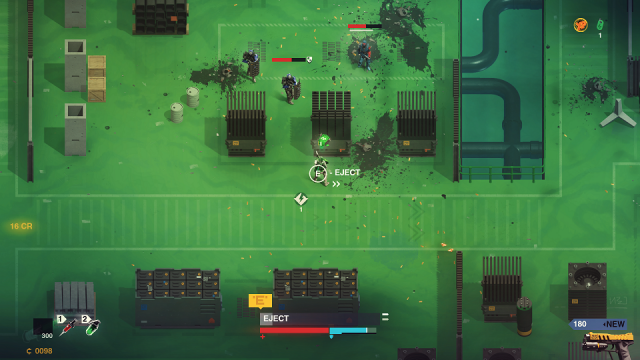
Gameplay in terms of #9 The Lenses of Elemental Tetrad
Aesthetics of the game are based on 2D sprites, with added effects to present a 3D-like appearance. with flashy effects for explosions as well as damage alerts. Screen darkens are you lose shield, and screen turns red if you take a hit to your health pool.
Story is not elaborately introduced in the game itself, but rather depend on the official site and the synopsis on Steam store to set the story for the game.
Technology used in the game did not seem outstanding to me, as 2D sprite rendering has been in use for quite a while.
In contrast, the Mechanics the game presents are quite thrilling with the randomness factor either trivializing encounters the game throw at you for next few levels, or slow the game down to a grind if you are privy to losing your progress. Permanent loss of a character upon death, with very limited resources carried over to the next game adds to the difficulty of the game.
The Lenses
#4 The Lens of Surprise
The game has many areas where randomness can play a major part, from the loot you get from clearing each level, to the boss you encounter at the end of each zone before the final boss. Sometimes the game can offer you a very strong weapon near the start of the game, or force you into a fight with a boss that is much harder for less well-built characters early in the campaign. Both of these add to the element of surprise in the game (or shock sometimes).
#19 The Lens of The Player
On both Steam and the official website, the game is advertised as ‘unforgiving’, as such players who are interested in the game would expect a challenge worthy of such a word being used in the marketing. I personally find the game really tough, and after two days of trying, I have yet to encounter the final boss in the game. It has definitely been a tough nut to crack. In fact, many of the reviews on Steam would agree that the game is definitely deserving of being called an ‘unforgiving’ game, and most would agree that the difficulty fit their expectations and help complete their experience in the game.
#21 The Lens of Flow
The randomness in the game may cause major fluctuations to the difficulty in the game encounter that the player experience. A poor campaign run with little upgrades found can mean either a short and swift defeat or a long and dragged out attrition. Although randomness is meant to add to enhance the surprise experienced by the players when they chance upon fast upgrades early in the game, the opposite can be daunting to newer players and more experienced players alike.
#32 The Lens of Goals
The game features a linear progression where there are a series of levels and boss fights the player has to go through. In each level there is only one entrance and exit, and in all of my playthroughs, the levels do not seem to shuffle around at all. There is a clear goal signaled to the player on each level, either where the exit is after the players comes within a certain distance to it, or the remaining health of the current boss.
Gameplay Demo
Lastly, here is a short demo video of a boss fight. I had only succeeded in beating this boss once and this player has made it seem easier than it actually is.

